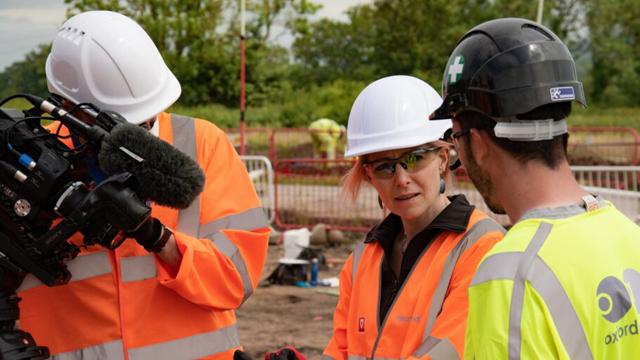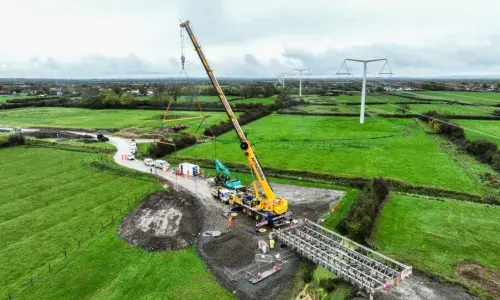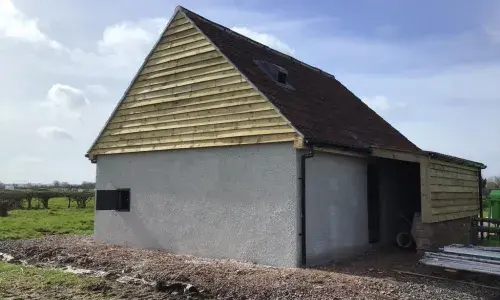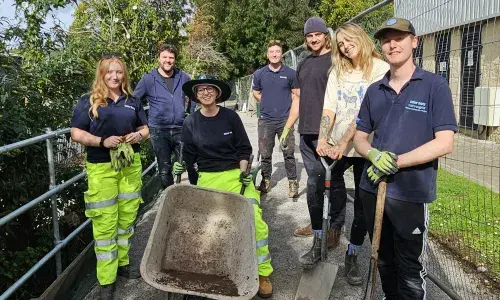
Roman town discovery showcased on BBC
Hinkley Connection Project featured on Digging for Britain with Prof. Alice Roberts
A forgotten Roman town unearthed by archaeologists working on National Grid’s Hinkley Connection Project has featured in the latest series of the BBC’s Digging for Britain.
Following filming with Alice Roberts, Professor of Public Engagement in Science at the University of Birmingham back in August, the findings have been revealed in an episode that aired on BBC2 on Wednesday 12 January 2022.
Archaeologists discovered the Roman settlement in the Mendip Hills right on the route of new high-voltage underground electricity cables, which will bring low-carbon energy from Hinkley Point C to six million homes and businesses.
National Grid is installing 8.5 km of 400,000 volt underground cables, which will leave this part of the Mendip Hills Area of Outstanding Natural Beauty pylon-free for the first time since the 1960s. It was during the pre-construction phase of this work that layers of road building from the Roman era were unearthed, including a section from the 4th century when Emperor Constantine presided over a boom in Britain’s economy.
Speaking to BBC Radio Somerset ahead of the episode, Professor Roberts said: “What a site! What these big archaeological projects that are allied with construction do is allow us to look at the landscape in a completely objective way. There was something extraordinary that wasn’t on any of the maps, not mentioned in history, completely unheard of.
“This large, important Roman town, a roadside settlement that has just been completely forgotten. It has revealed a slice of English history and archaeology that we just didn’t know about before. It is a missing part in the jigsaw.”
It has revealed a slice of English history and archaeology that we just didn’t know about before.
Specialist archaeologists worked closely with the local county archaeologist and Historic England to carefully excavate sites of interest before construction work to install the cables began. It was during these digs that early Roman activity was unearthed for the first time in centuries.
The team discovered multiple pits, which contained items such as deer antlers and pottery, among other intriguing items. The finds have helped shed light on Roman activity in the area. The artefacts and structures found, for instance, point to a higher level of wealth in the rural settlement than might have been expected for such an area.
Coins and brooches from the 2nd Century AD through to 4th Century AD and even a burial site beneath the floorboards of one structure (a typical burial method for ancient Roman people) have helped archaeologists piece together a snapshot of what life may have been like for the men and women who once called north Somerset home.
James Goode, Project Director for National Grid said: “As a responsible business, we are committed to the protection of the historic environment and we worked closely with Historic England and our partners Balfour Beatty and Oxford Archaeology. I’m proud of our work that helped to uncover and record this fascinating site, which would otherwise have remained hidden and can now be shared with millions of television viewers.”
Watch the full episode of ‘Digging for Britain’ to discover more.


